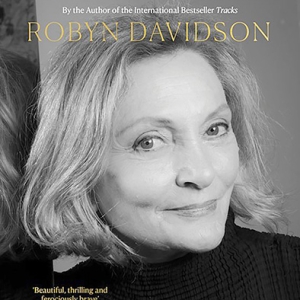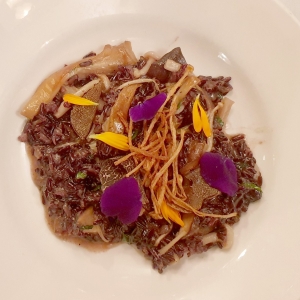Unfinished Woman
 reviewed by Wendy Tucker
reviewed by Wendy Tucker
by Robyn Davidson
I eagerly read this memoir that has been 25 years in the writing. The name of Robyn Davidson was first heard in 1977 when a young woman was reported to be crossing the Simpson Desert from Alice Springs to the coast of WA. The photos that appeared in the National Geographic in 1978 were of a beautiful young blonde woman travelling across the desert with four camels and a dog caught the world’s attention. Davidson quickly became an international sensation, known as The Camel Lady.
Davidson says this essentially private journey suddenly thrust her into fame. Jonathan Cape Publishers offered her an advance to write a book. The book Tracks became an international bestseller and has never been out of print. Davidson suddenly found her thrust into the literati of London.
Unfinished Woman begins with Davidson’s childhood in the ‘50s and totally captures those times. Those of a similar age to Davidson will recognise this post-war era and then the upheaval of the ‘60s with both nostalgia and some uneasiness. This seemingly ideal childhood, apart from a bullying elder sister, was shattered by her mother’s sudden suicide when Davidson was eleven. Davidson buried this tragedy for many years, although it surfaced in many ways, only accessible in retrospect. Much of this memoir is an exploration of her mother and her suicide. Unfinished Woman is about mothers and memory and the difficulty of writing about traumatic events,
Davidson writes about her explosive and well-publicised affair with Salman Rushdie and how ‘the devastation was too enormous to be the result of abandonment by a lover’. Davidson realised something much deeper was at play.
This memoir is not in entirely chronological order because memories would intrude out of order and demand their space right then and there but this enhances rather than distracts from the writing.
Davidson continued with her fascination with lifestyles that were not in in the western mode. Her insights into western philosophy and eastern mysticism are lightly explored without judgement. She is interested in how our lives are lived, and why we live as we do. She travelled with the nomadic Ribari people of north-western India and lived with and as the wife of their hereditary Prince.
I loved this memoir for its skill, the depth of the life experiences and the insight into an ever curious and fearless woman.


